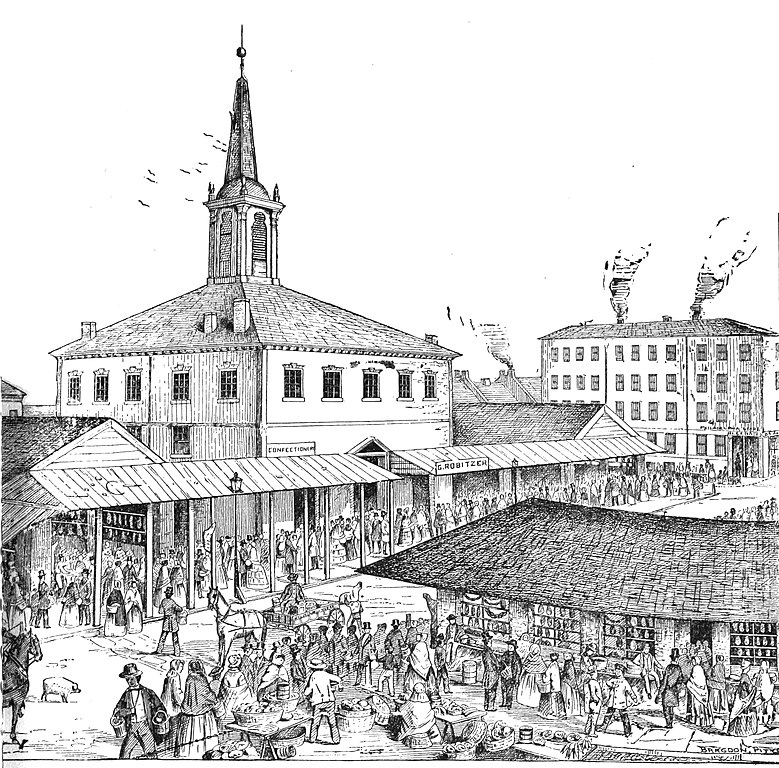
McKeesport was the second city of Allegheny County, far enough from Pittsburgh to be a small metropolitan center in its own right, but near enough to be within commuting distance of the larger city. The economic engine of the city was the National Tube Works, which gave McKeesport the proud nickname “Tube City.”

Metal tubing, however, was not the city’s only industry. For example, the Wernke Brothers produced carriages, wagons, and other vehicles.

All that money had to be kept somewhere, and this was the First National Bank. Later bank buildings in McKeesport grew much grander.















